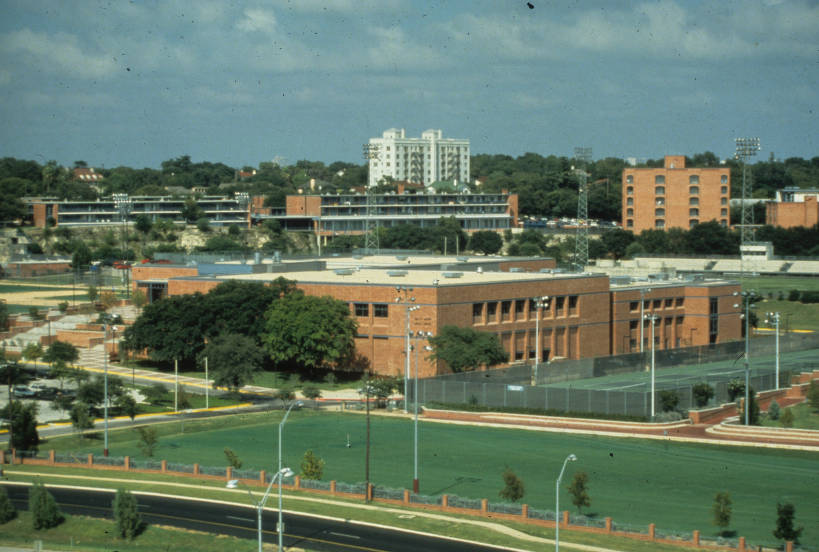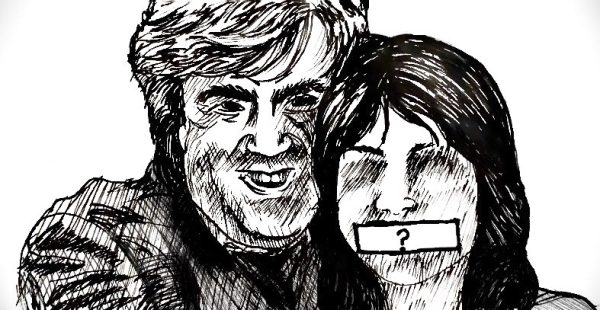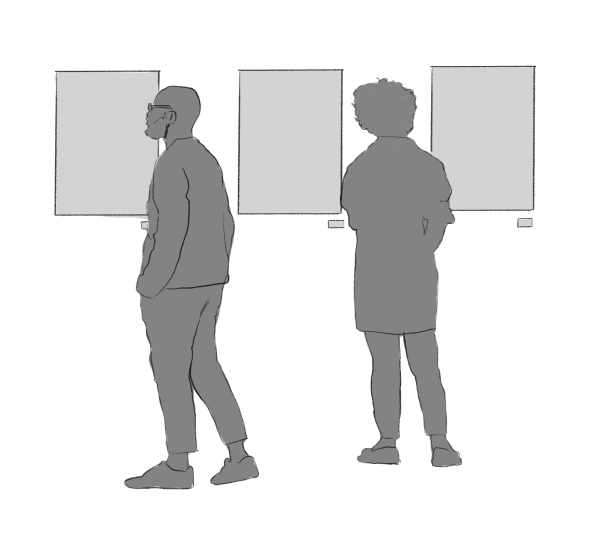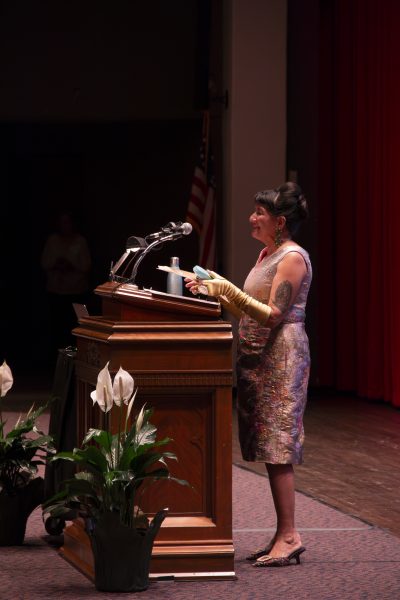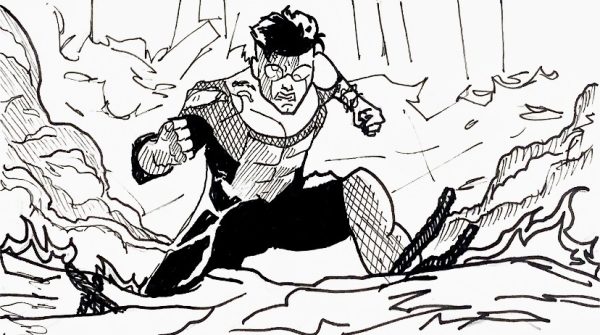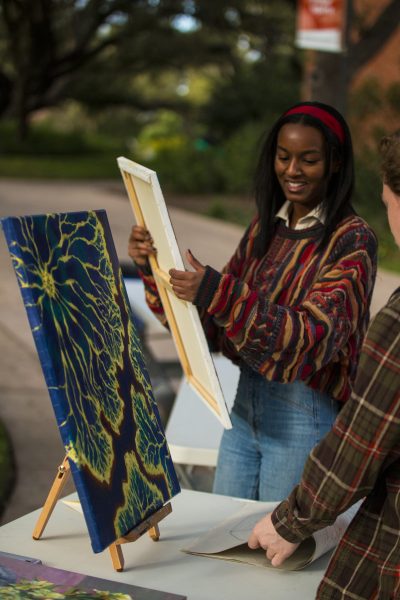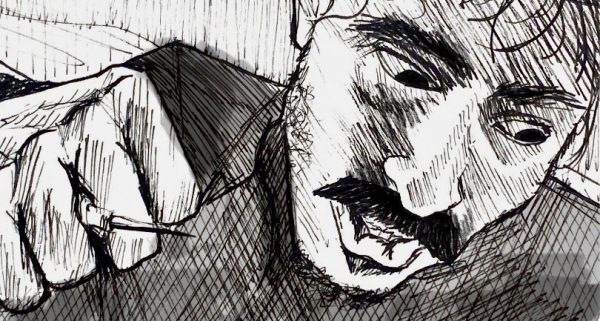Taking a trip down Trinity’s memory lane
Long-time professors reflect on how the university has changed over the years
Trinity Coates Library Digital Center Archives
Picture of the Bell Center in 1996
A lot of progress was made in America in 1869. In May, the “First Transcontinental Railroad” in Utah was officially completed. In November, Princeton and Rutgers University competed in the nation’s very first intercollegiate football game. And of course, on Sept. 23, Trinity University opened its doors in Tehuacana, Texas.
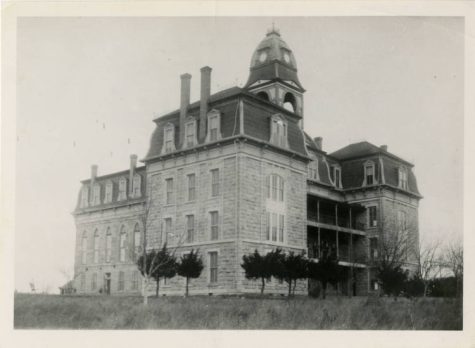
Today, Trinity is one of the top liberal arts colleges in America. But how have its people and philosophy changed over the years? What did our campus look like before the award-winning Center for the Sciences and Innovation (CSI) building was even thought of? Was there actually a bar in Coates Student Center (CSC)? Trinity professors took the time this week to answer these burning questions and provide some insight into the university’s rich and exciting history.
David Heller, chair of the music department and a professor at Trinity for 37 years, spent his first years at Trinity as a music professor in the late ‘80s. During that time, the Stieren Theater was being remodeled. This was only one of the many building projects that were taking place on campus during that time.
“One of the first building projects that I can remember is when the theater was redone,” Heller said. “Stieren Theater was completely gutted on the inside to what it is now. It used to be an experimental-type theater with seating that could be changed and everything and they turned it into the more traditional type of structure. … This would have been around early ‘89 or ‘90.”
His favorite spot, the meditation garden by Parker Chapel, has existed for over 40 years now.
“That’s a favorite spot of mine to go because you can sit in there, you hear the water, it’s often cooler in there than it is outside because it’s enclosed, it’s shaded, you’re not getting a lot of direct sunlight in there. So it’s a very calming, peaceful place to go,” he said. “I would walk through there on my way to classes and maybe sit down and think through what I was going to do that day.”
Heller also made mention of the fact that there used to be a bar in the CSC called Rathskeller, which, according to an opinions article published in the Trinitonian in February, acted as a “watering hole” of sorts where professors and students would come to relax and socialize.
“You know where the Fiesta room is? And then there’s that lower level? That’s where the Rathskeller was,” Heller said. The bar was closed in September of 1986 when the legal drinking age was raised to 21.
Sarah Luginbill, Trinity alumna and professor, recounted her first impression of the campus when she toured it as a high school junior in the late ‘00s.
“I, of course, thought it was gorgeous and loved the red brick, loved the fountain, and the campus cats … it was just the whole thing. And it’s like, wow, this is where I want to be,” Luginbill said. “It just has this feeling to it of community, and knowledge in the air, and also fun.”
Trinity’s campus has undergone a lot of changes since then, and it can be easy to miss what once existed.
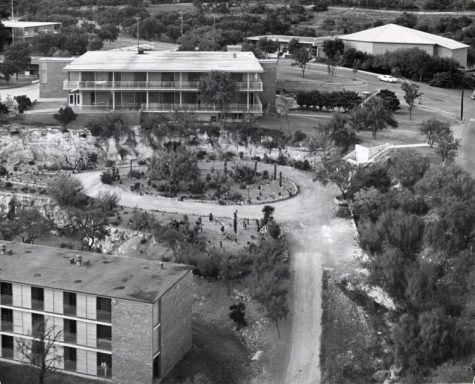
“I used to love the undeveloped land on the northeast side, around the frisbee golf course,” said Kelly Carlisle, an English professor at Trinity since 2011. “It has changed a lot during the past two years, and, honestly, it actually makes me too sad to walk through what is left.”
While Trinity’s campus, students and curriculum have all evolved to fit our changing times, the core social atmosphere seems to remain the same, according to Dr. Heller. Students on Trinity’s campus have remained friendly and easy to connect with, he explained.
“It’s easy to talk to them, no matter where they land on the spectrum, socially or politically, and that still has maintained itself,” Heller explained. “We see it in society today: far right and far left and no one’s listening to each other. I don’t see that at Trinity. I see that at other college campuses around the country, but I don’t see that at Trinity.”
When asked about her hopes for Trinity’s future, Luginbill paused for a moment.
“I think that the university has been moving towards more inclusivity, and that’s been great. But I think that we could make even more of an effort and also push more into interacting with the community as well,” Luginbill said. “We all talk about the Trinity bubble that we all get into, even as instructors, and I think that it’s very valuable to think about how much privilege we have in this space, and how we can share it and utilize it for good outside of the campus.”
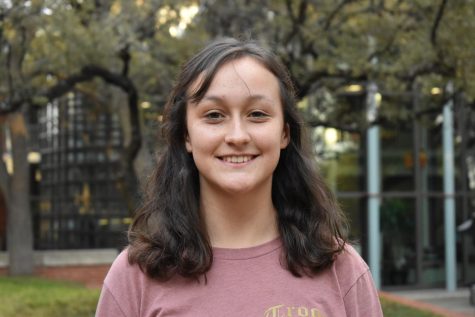
I’m Madison, and I report for the Arts and Entertainment section. I’m from Wichita Falls, Texas, and I’m a sophomore majoring in Communications with...

